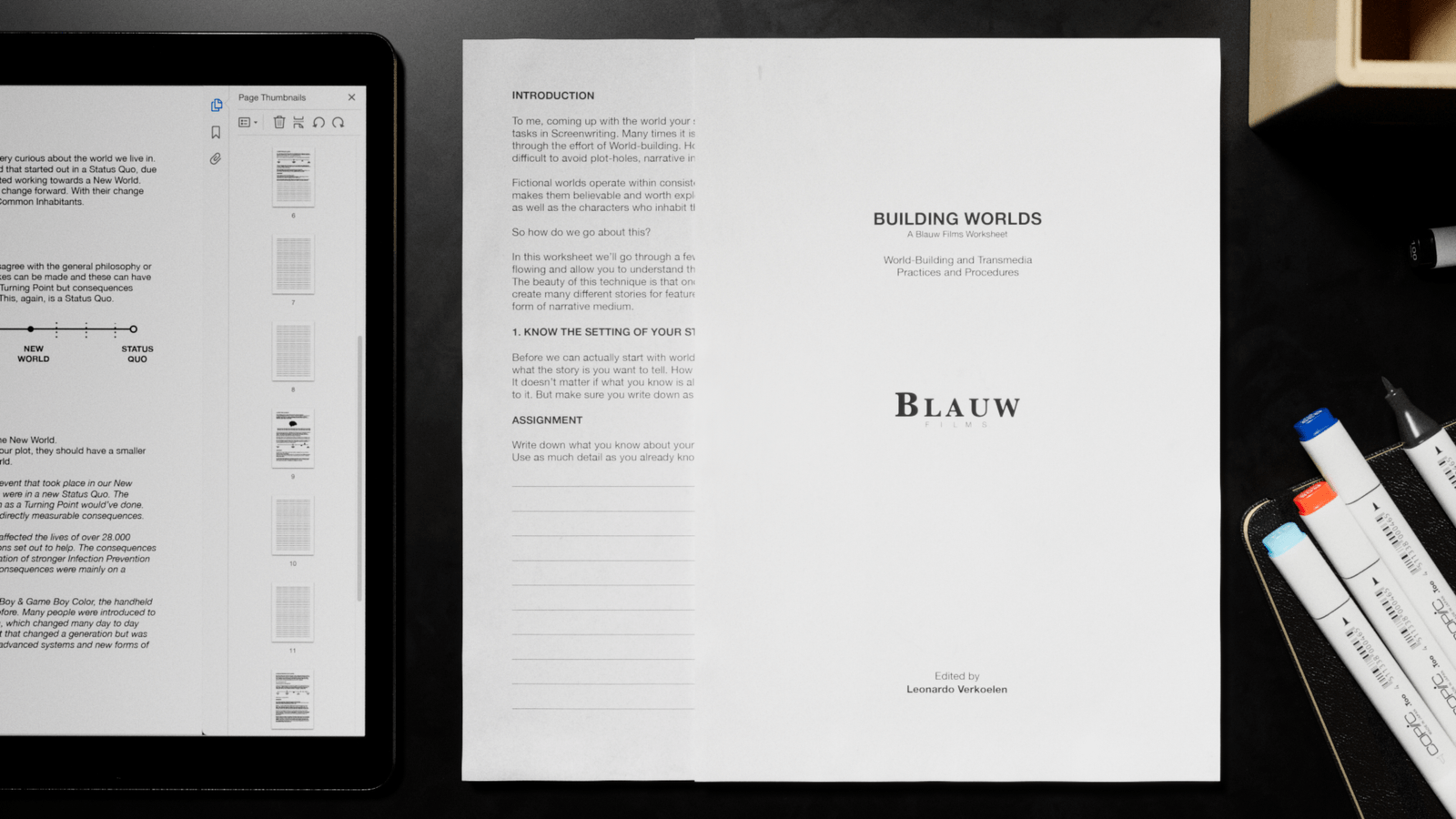Understanding Lens Aberrations in 3D
Types of Bokeh in Depth of Field
Blauw Films

Today we're going to talk about bokeh. You've most definitely seen these out of focus shapes of light.
Bokeh describes the feel of your blur.
Differences in lens aberrations and aperture shape cause very different bokeh effects. As well as your decision of shooting with spherical or anamorphic lenses.
Monochromatic vs Chromatic Aberrations
Let's first actually look at the difference between a spherical and an anamorphic lens by analyzing what they do to the magnification of light.
To make an anamorphic lens in 3D I'm using a Cylinder from which I'm cutting a straight cube. This will act as our anamorphic lens element.

For a Spherical Lens we are doing the same with a sphere:
I've given them a simple refractive material with Caustics enabled. That will allow us to shine light through the element and se how it is bent by the lens.



Anamorphic lenses make use of cylindrical lens elements and spherical lenses use spherical elements. On an abstract level that is what creates the distinct look between them.
Lens Aberrations
Simply put, aberrations are imperfections in your lens that add texture and details to your image.
There are two important categories of aberrations:
- Monochromatic aberrations
- Chromatic aberrations


Monochromatic aberrations include spherical aberration, coma, astigmatism, field curvature and image distortion. These are all the optical effects that change the perfection of the light-rays hitting the sensor.
Chromatic aberrations are the more obvious ones to our eye as they shift the wavelengths of colored light. Thus creating a mis-alignment of the different colors on the sensor.

Spherical Aberrations are primarily responsible for the distribution of light within a lens.
This means that even though all the light coming through the lens meets nicely at a tiny point on the sensor or film, the light distribution within the cone itself may be uneven.
This aberration causes the blur-circles to be unevenly lit, and instead they tend to collect more light in the middle of the discs or towards the edges.


Bokeh Test Scene
Let's see all of these principles coming together in some 3D renders!


In the example above we are working with
- a hexagonal aperture map
- with over-compensated light distribution
- a slight bit of chromatic aberration
- and strong monochromatic aberration (causing a cat-eye bokeh)
All of these details should be considered when working on your 3D-renders.
Bokeh is the feel of your blur.
And thus it has a fundamental impact on how your shot is perceived by you and the viewer. The decision of how you want it to look and feel is fully yours.
In the following examples from Operation: Deli Platter you can see how there is a soft falloff between the edges of the gun and the characters in the background. And highlights that are out-of-focus are magnified into a rough eye-bokeh shape.



Production Ready 3D Bokeh
To accelerate our process of achieving realistic bokeh we made the Free Bokeh Builder project file. This is a combination of custom aperture maps that have been pre-rendered with all types of light-compensation, and an After Effects full customization setup for any time you need even more control.
Be sure to check it out on and start creating beautiful depth of field!

Conclusion
When creating photorealistic 3D renders you will inevitably run into depth of field. It's the journey starting out with an artificially sharp render that screams computer generated imagery, to an imperfect image with a soft falloff between what is in focus and what isn't. However, it is still a fine balance of settings to truly achieve that extra photorealism you are looking for. As the blur, or bokeh, of your image has multiple layers of imperfections itself.
I hope to have covered the most important aspects of lens aberrations in today and how they (together with the aperture shape) directly impact the look and feel of your bokeh effect :)
For those of you who would like to truly dive deep into customizing your bokeh, I'd recommend this blog on the subtle details that bokeh brings into the render. Good luck!
Reading List
References
- What is Bokeh? — Wikipedia
- Discussion on common misinformation around Bokeh — DP Review
- Does the human eye's field of view change based on light or dark? — Quora
- Eye Aberrations — Telescope Optics
- Corona Camera Settings in 3Ds Max — Chaos Docs
- Corona Camera Settings in Cinema 4D — Chaos Docs
- Corona VFB in 3Ds Max — Chaos Docs
- Corona VFB in Cinema 4D — Chaos Docs




























































































.jpg)





.jpg)

.jpg)





.png)



0 Comments